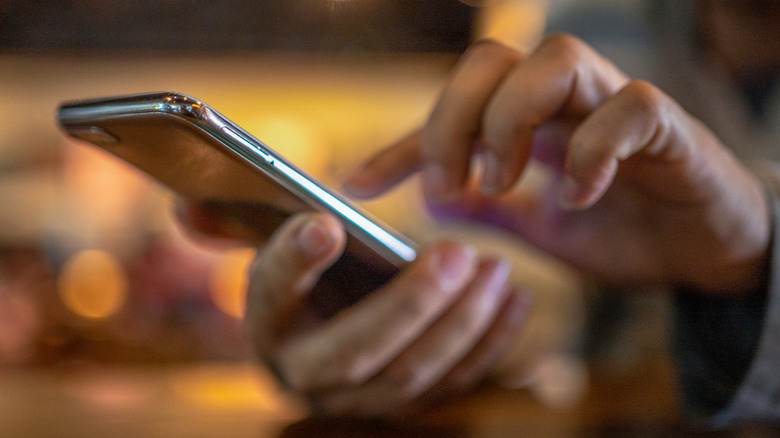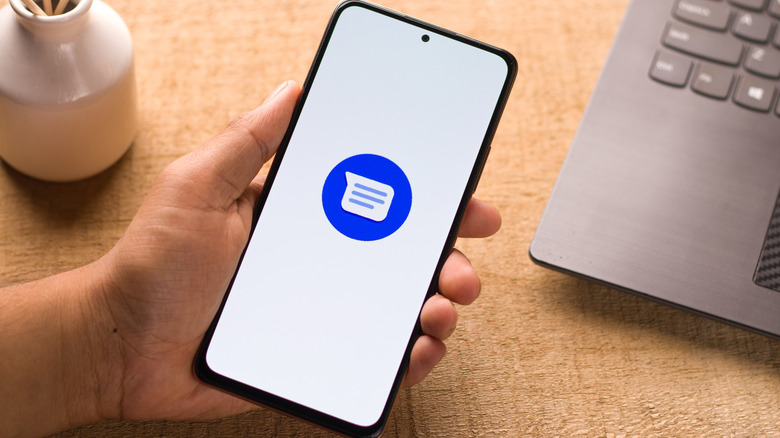
In the early days, dumb phones were only able to carry between a few hundred kilobytes to a few megabytes of storage space. Then, when the first Android phone, the HTC Dream, launched in 2008, it boasted 256 MB of internal storage, with room for expanding up to 16 GB via microSD. By today's standards, this capacity would not even be enough for preloaded apps. That's why even low to mid-range smartphones, like the budget-friendly Google Pixel 9a, are now equipped with at least 128 GB of ROM as standard.
While the much bigger storage capacities in modern smartphones may suggest that running out of space is already a thing of the past, that is actually far from the case. Newer apps and media formats now eat up lots of space, causing Android devices to struggle with keeping up with them over time. To remedy an underperforming and lagging Android phone, it's common for people to delete photos, videos, and unused apps. Others also clear cache data to remove unnecessary junk. However, one contributing factor that many tend to overlook is their stash of old text messages.
Ever since smartphone memory jumped to the GB realm, messages have been relegated to unnoticeably small data files, causing many to assume that they could never deplete a device's resources. When left unchecked, however, the cumulative effect of storing years' worth of conversations can create problems with the phone's speed. If you're someone who never deletes messages, it's time to re-evaluate that choice.
Read more: 8 Little-Known Amazon Gadgets Worth Trying For Yourself
Can Text Messages Really Affect Phone Speed?

By nature, text messages are very small in terms of file size, with two to three paragraphs of plain text translating to just around 1 kilobyte. This means that approximately 1,000 text messages of the same length are required to occupy 1 megabyte of phone storage. So, how can text messages affect an Android phone's performance or speed if they only eat up such small memory? The answer lies in how text messaging has evolved so much through the years that we can now send different media formats with every message, and not just plain text.
Multimedia attachments, like photos, GIFs, audio clips, and even videos embedded in text messages, can quickly consume storage space. However, aside from filling up your device's storage space with attachments, the messaging apps themselves can impact your phone's overall performance while running in the background, as seen in the cases of Samsung Messages and Google Messages. When bloated with too much data, the processes may become sluggish, causing the Android software's performance to dip. This will be evident in how apps take longer to load, the interface stuttering, and delays in opening the messaging app itself. Some users have even complained online about how these messaging apps quickly drain their batteries.
Will Deleting Old Text Messages Solve The Problem?

Deleting old text messages can help free up storage and tidy up your smartphone, but don't expect it to solve your device's slowing performance. Unless the text messages you kept contain gigabytes worth of attachments, clearing them out won't lead to palpable improvements. Again, a thousand messages with just plain text can only take up a few megabytes, which is a drop in the bucket compared to today's internal memory standards.
That said, if you're an avid texter who regularly sends and receives high-resolution attachments and has been using the same phone for, say, more than four to five years, your message threads could indeed be eating up a large portion of your phone memory. If this is the case, then deleting conversations can make a difference. After all, both Google and Samsung recommend freeing up storage to keep their Android devices running smoothly.
However, don't rely on this as your primary fix for your lagging device. It's better to check your phone's storage to see which apps are consuming the most memory and do regular cleanups. To keep your phone's storage free, consider backing up your Android phone using Google services, such as Google One, Google Photos, and Google Drive, or use an external SD card if your phone supports it. In the end, a clean inbox might not dramatically boost your device's speed, but it's handy when you're near full capacity.
Want the latest in tech and auto trends? Subscribe to our free newsletter for the latest headlines, expert guides, and how-to tips, one email at a time.
Read the original article on SlashGear.










